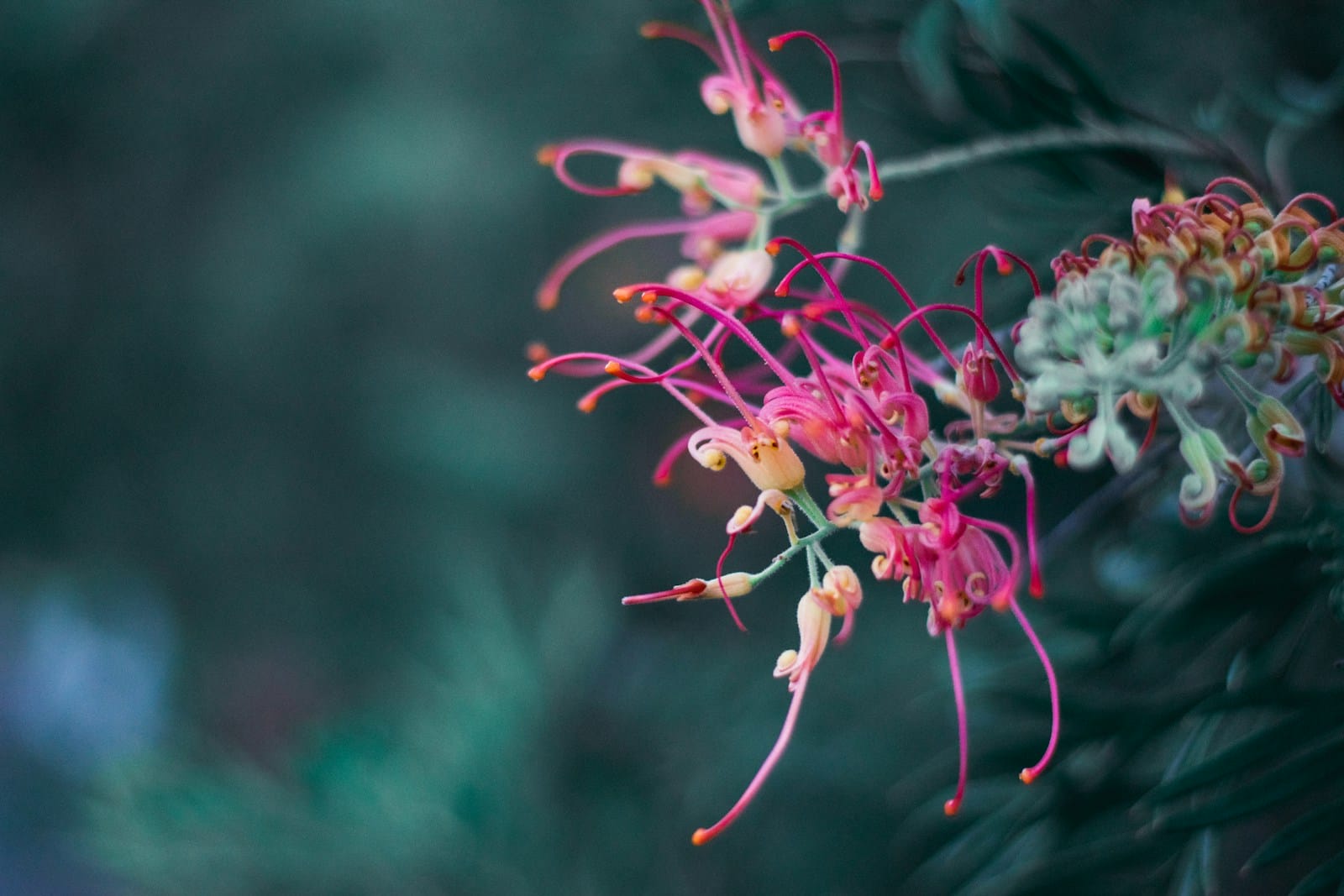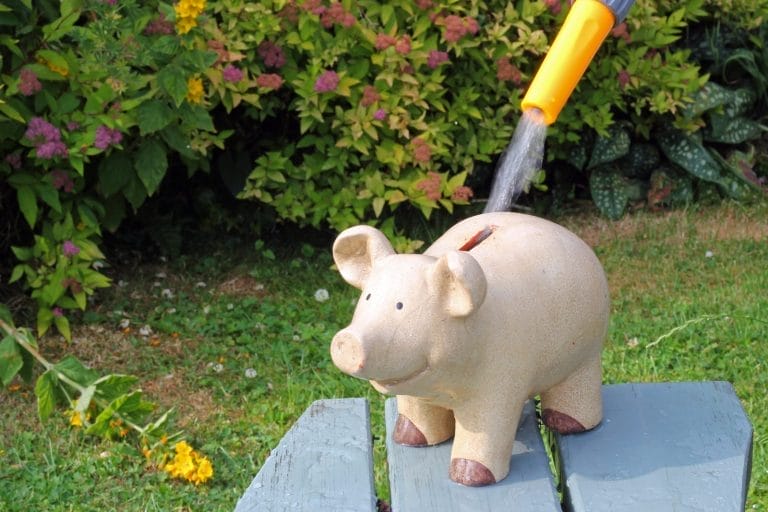Ever had doubts about adding native plants to your garden?
I get it, I’ve been there too. You wonder if they’ll really thrive or if your garden will lose its charm. And let’s not forget the worry about upkeep – it’s a real concern.
But here’s the thing – native plants are nature’s own solution to a thriving, resilient garden.
Sure, doubts linger. Will they adapt? Will my garden still shine?
But believe me, it’s entirely worthwhile. Let’s address those concerns and see how native plants can breathe new life into your garden.
In Short:
- Native plants support local wildlife, providing essential habitats and food sources.
- They contribute to water conservation by requiring less irrigation.
- Gardening with native species promotes biodiversity and ecosystem health.
- Native plants reduce the need for chemical fertilizers and pesticides, simplifying garden maintenance.
What Are Native Plants
Native plants are nature’s local heroes, perfectly adapted to your region’s soil, climate, and ecosystem.
They’ve been around for generations, honing their skills to thrive in your area’s soil, weather, and ecosystem. This means they’re practically made for your garden—they know how to handle whatever Mother Nature throws their way.
But here’s what’s really cool: native plants aren’t just good for themselves. They’re also superheroes for local wildlife. Birds, bees, butterflies, and other critters rely on native plants for food, shelter, and nesting sites.
By planting natives, you’re also creating a treu haven for these important creatures.
And the best part? Once native plants get settled in, they’re pretty low-maintenance. They don’t need a lot of water, fertilizer, or pesticides to thrive, which means less work for you and less impact on the environment.
Admit it, that’s a nice feature.
So, if you’re looking for a way to make your garden more beautiful, more sustainable, and more welcoming to wildlife, native plants are definitely the way to go.
The Benefits of Native Flora
Native plants offer a host of benefits for your garden and the surrounding environment:
- Friends for Local Critters: Native plants are like a cozy inn for wildlife, offering them a place to live and yummy food to eat.
- Keeps Nature Happy and Diverse: Planting native helps all the different plants and animals in the area get along, keeping everything balanced.
- Less Nasty Stuff Needed: You won’t have to use as many chemicals like bug spray or plant food, which is great for everyone.
- Helps the Ground and Water Around You: The soil and water near you will be cleaner and healthier, thanks to these plants.
How to Choose the Right Species

Picking the right plants for your garden is about knowing your backyard’s unique setting. Think about the weather, what your soil is like, and how much sun hits your garden.
These plants are pretty cool because they’ve adapted to fit perfectly into their local spots over time. By choosing native plants, you’re helping to keep your garden happy and balanced.
Checking in with your local plant shops or botanical gardens can be a big help. They know a lot about which plants work best for an eco-friendly garden.
Native Plants and Water Conservation
These plants are perfect for your local weather, so they don’t need much watering at all. This is a big plus for saving water.
Or when you forget to water them enough. Don’t worry, everyone forgets it sometimes.
Here’s a quick rundown of why they’re great:
- They Love Your Local Weather: Since they’re used to the local rain and temperatures, they don’t need as much water.
- They’re Happy with the Soil: They get all they need from the soil in your area, so no extra fertilizers are needed.
- Saves Money on Water Bills: By choosing these plants, you’ll notice you’re spending less on water, which is also great for our planet’s water supply.
- Good for the Planet: Using less water means you’re doing your part in reducing our environmental impact.
Adding native plants to your garden is a simple way to live more sustainably and help save our precious water resources.
Attracting Pollinators and Wildlife
These little helpers are key to keeping our ecosystems healthy, making sure that plants can reproduce and that our food crops are pollinated.
Here’s why it’s a fantastic idea:
- Native plants are like a natural pantry and home for the wildlife in your area.
- They’re a lifeline for species that are having a tough time, including the beautiful monarch butterflies and our native bees.
- Even small city gardens can make a big difference by providing patches of habitat amidst concrete.
- By giving a helping hand to pollinators with the right plants, we support the whole ecosystem, and that’s good news for everyone.
Reducing Chemical Use

Choosing local plants for your garden is a great way to cut down on chemicals like pesticides and fertilizers. These plants are used to the area, so they’re really good at fighting off pests and diseases on their own.
This means your garden will be a healthier place and you’ll help keep the water clean by reducing erosion and keeping nasty chemicals out of our rivers and lakes.
Going for native plants in your garden is another cool way to help the environment because it means you don’t have to use so many chemicals that can be bad for our planet.
You are literally giving your garden a little help to be its best self. Even gardens need help from time to time. There is no shame in that.
Maintenance and Care Tips
After discovering the great benefits of choosing native plants, let’s dive into how to keep them happy and growing in your garden. Even though local plants are tough, they still need a bit of love to keep their shine. Here’s what you can do:
- Water regularly: In their first year, it’s important to water them often to help them settle in. Depending on the climate your in ofcourse.
- Prune wisely: Cutting back plants at the right time helps them grow strong and bloom beautifully, showing off the best of what your area’s plants have to offer.
- Mulch around plants: Adding mulch keeps the soil moist, fights off weeds, and gives your plants a boost with important food.
- Monitor for pests: Always be on the lookout for unwanted bugs or sickness in your plants, and jump into action fast to keep your garden looking its best.
With these simple steps, your native plant garden will not just make it, but will flourish, I’m sure of it!
Can Native Plants Thrive All Year?
Absolutely! When it comes to designing a garden that thrives year-round, native plants can be valuable assets. They’ve adapted over time to the specific conditions of their native environments, which often means they can handle whatever the seasons throw their way.
While some native plants might go dormant or slow down during certain times of the year, others will keep on blooming or stay green, ensuring your garden remains lively regardless of the season.
So, while not every native plant may be in full bloom all year long, with careful selection and planning, you can create a garden that maintains its beauty and vitality throughout the changing seasons.
How Does Native Landscaping Contribute to Sustainability?
Using native plants in your garden saves water, avoids harmful chemicals, and reduces carbon emissions. This approach is eco-friendly, supporting the local environment and wildlife.
How Can I Know What Native Plants Are Best for Wildlife?
If you’re looking to support wildlife in your garden, choosing native plants is a great start. Look for plants that provide food, like berries and seeds, for birds and small mammals.
Flowers that attract bees and butterflies are also fantastic for pollinators. Pick plants with dense foliage or structures that offer shelter and nesting spots for various wildlife species.
Researching native plants in your area or chatting with local gardening experts can help you find the best options for creating a wildlife-friendly garden.
Where Can I Learn More About Native Plants?
If you’re eager to learn more about native plants, why not turn to the wisdom passed down through generations? Often, locals hold invaluable knowledge about the plants in their area, cultivated over years of living alongside them. Whether it’s through reading, chatting with community members, or visiting local gardens, there are many ways to tap into this rich source of information.


